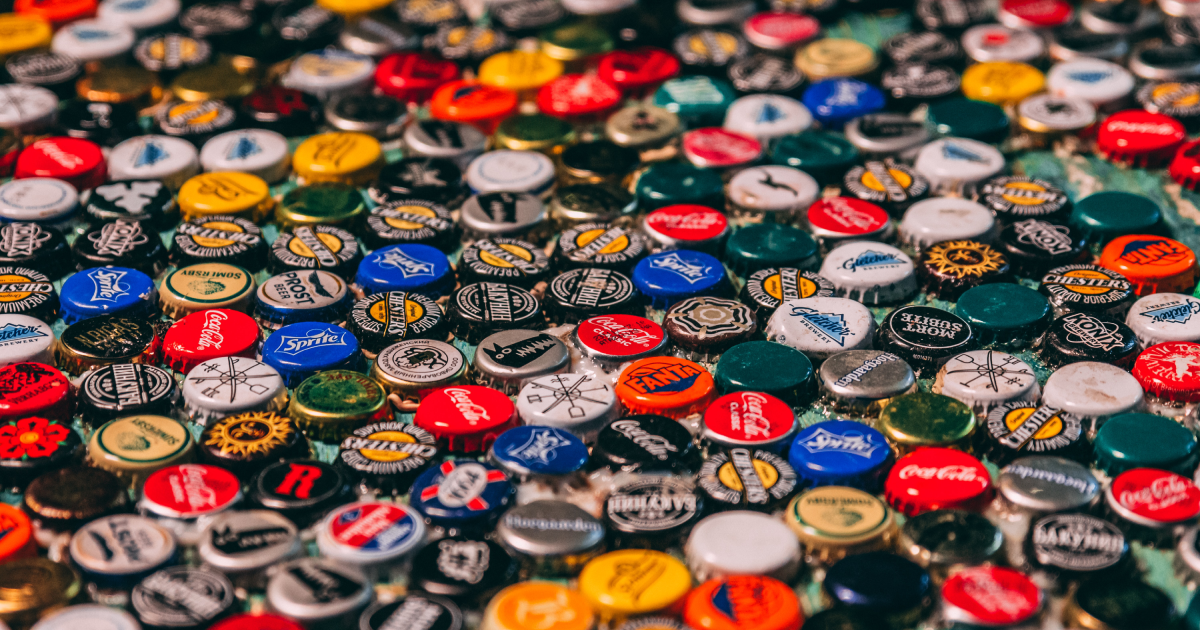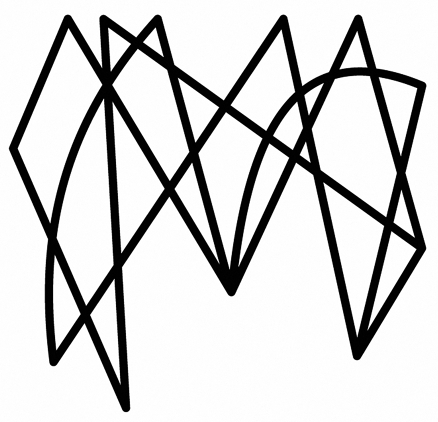
When you’re a small business owner or entrepreneur, your logo is the most critical tool in your promotional toolbox. It acts as the primary visual representation of your brand identity and is meant to communicate everything there is to know about your brand in just a few letters or symbols.
Trends may come and go, but your logo is one of the most consistent aspects of your branding. This is why it’s important to invest time and resources in creating the perfect one.
However, despite its importance, not everyone knows what a great logo really entails. There’s a lot more to logo creation than aesthetics. The best logos consider brand voice, audience, product, company culture, mission, values, and all other important aspects of branding. When done well, it can increase brand recognition and loyalty tenfold. But, when done wrong, it can be a huge liability to your business.
There’s a lot more to logo creation than aesthetics.
If you’re an entrepreneur or small business fretting about your logo – have no fear! We’ve put together the 6 most important questions to ask yourself when crafting your logo.
1. Is it relevant to your brand and audience?
Let’s go back to the purpose of your logo. What we’ve established before is that your logo is the primary visual representation of your brand. In just a few letters or symbols, your logo meant to communicate your brand’s personality, mission, values, aspirations, hopes, and dreams.
This is why an important part of crafting the perfect logo is having a deep understanding of your brand and audience. Do you want a casual or serious voice? Are you selling to millennials or boomers? What industry is your product in?
Without any awareness of the brand and audience, you may unknowingly send a confusing message to your consumers. Other important factors to take note of are your logo colors and font choice. Every choice you make gives off a different message to your audience. Thus, it’s important to be aware of symbolism and associations to be relatable.
2. Is it memorable and distinct?
Many emerging companies fall into the trap of simply following industry trends when crafting their logo — bank logos in blue, hotel logos in Old Style font, startups with abstract icons. Don’t be afraid to experiment with colors, fonts, icons, and element placement. Since it’s your logo meant to represent your brand, you don’t have to follow anyone else’s rules. Studies have also shown that brands with more unique logos tend to have greater brand recognition and customer loyalty.
If you’re suffering from creative block, you can also try researching your competitor’s logos. It helps to get a feel of what styles or colors the industry tends to gravitate towards. If you need more assistance with kind of color options and contrast to use, try color palette recommendations by Color Matcher.
From there, you can figure out how you can stand out!
3. Is it logical and understandable?
However, there are risks with going too crazy. Some logo creators obsess over metaphorical depth or design complexity too much that they forget to ask themselves the most important question: does the logo make sense?
A good logo must be able to strike the balance between being distinct and unique, while also being simple enough to not need explanation.
Logos are meant to be strategic tools rather than artistic creations. Thus, a good logo must be able to strike the balance between being distinct and unique, while also being simple enough to not need explanation. When too complicated, they become confusing and difficult for your audience to remember. Take for example this logo for the Melbourne Squash Club:

This logo was meant to represent the typical travel of a ball in a game of squash. But without a background in the sport, it just looks like a random sketch on MS Paint. A good rule of thumb is that if you have to constantly explain your logo for people to get it, it’s probably a bad logo.
4. Is it culturally sensitive?
Especially if you’re aiming for international markets, it’s important to take cultural, religious, and linguistic nuances into account. Tons of companies have mistakenly created offensive logos and have rightfully been criticized for them. Take for example the previous mascot logo of the Cleveland Indians sports team which many have condemned for being a racist caricature:

It’s equally critical to look for any hidden innuendos in your chosen logo design. Try to get at least 5 pairs of eyes to check your chosen logo design before you finalize it.
5. Is it versatile and responsive?
Keep in mind that your logo will be plastered across different merchandise and marketing materials. Thus, it’s important to make sure the design can easily be transferred and scaled. Logos with small, intricate details, for example, may look nice on a screen or on a huge billboard, but it will come out terribly on a button or shirt patch. Choose a logo with elements you can play around with.
When you scale your logo, also make sure it adapts to its media. A good logo will not retain the same exact elements across all materials. Typically, when a smaller logo is required, only the most distinct elements are retained. A good example of a brand with a responsive logo is Walt Disney.

6. Is it well-designed?
Finally, you should watch out for any design mishaps. Check your element alignment, color consistency, graphic resolution, and font legibility among other things. Even one small design error can lead to doubts about the integrity of your brand as a whole.
Save your logo in multiple sizes, color variations, and file formats in order to ensure that every single logo you use is high-quality and design-adjusted. Relevant file formats include SVG, PNG, JPEG, and PDF.
Final Thoughts
Expensive doesn’t always mean great.
Even some of the most well-known brands today have spent less than $100 on their logo. Nike’s signature Swoosh, for example, was created for as little as $35.
Thankfully, there are many logo creation platforms available online to help you lay the foundation for your brand. If you’re looking for a comprehensive tool that can generate, not only an iconic logo but a full brand identity package, try out Logomaker by Designs.ai today.
Read More:
